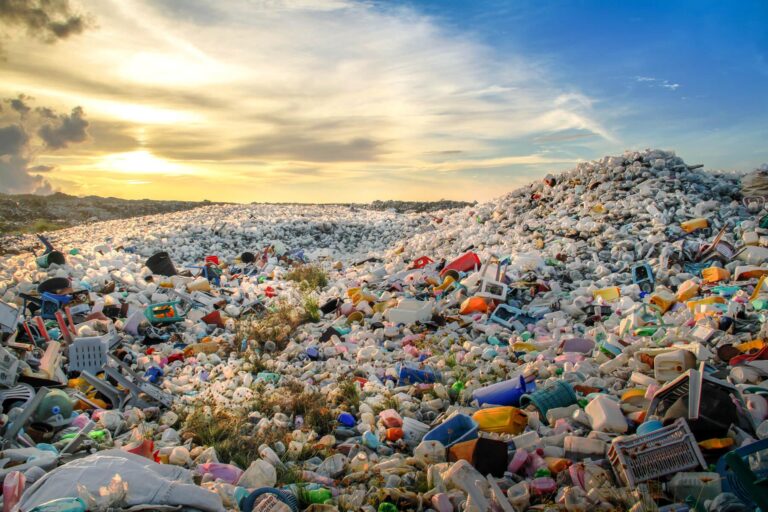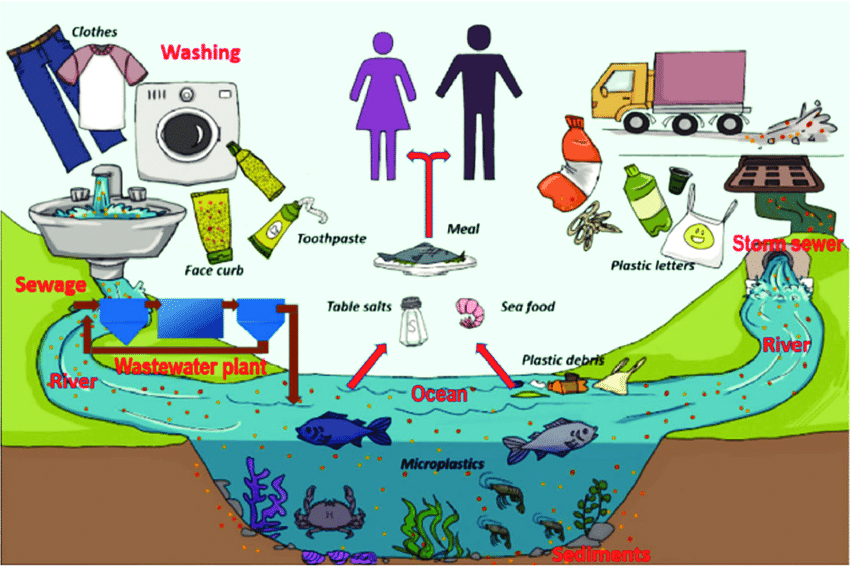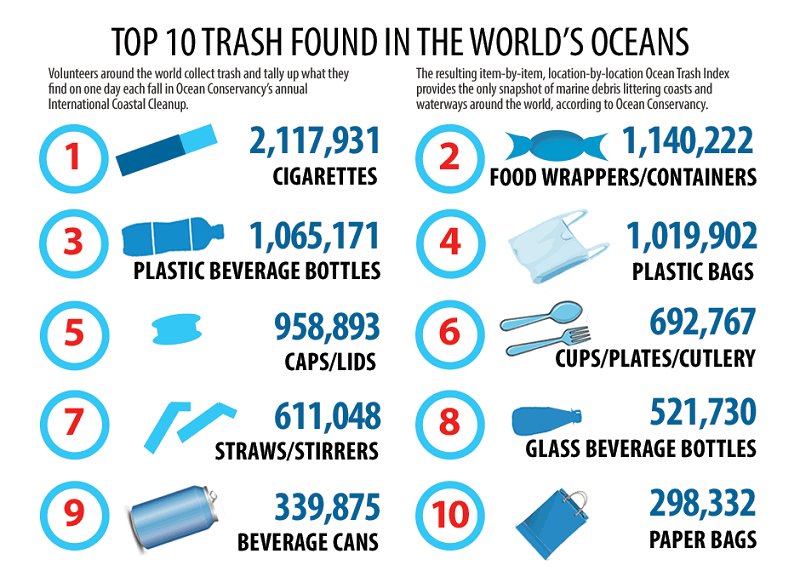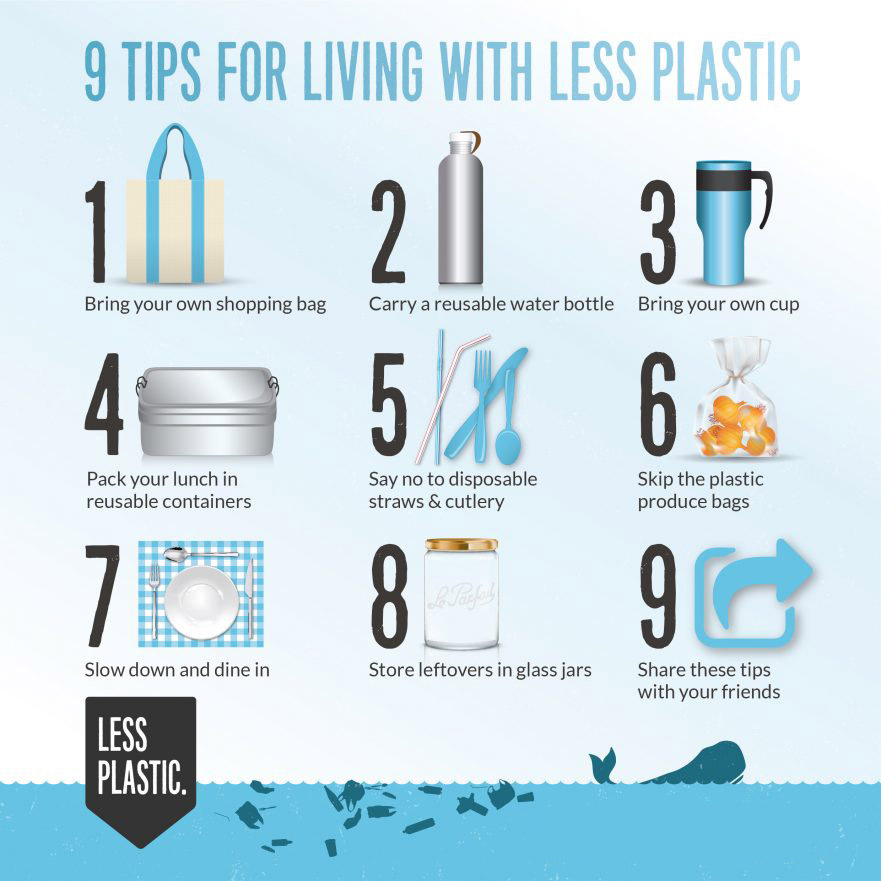
By 2050
Oceans will carry more plastic mass than fish and an estimated 99% of seabirds will have ingested
·
Plastic waste kills up to 1 million sea birds, 100,000 sea mammals, marine turtles and countless fish each year.
·
Half of all plastics ever manufactured have been made in the last 15 years.
·
Nearly 700 species, including endangered ones, are known to have been affected by plastics. Nearly every species of seabird eats plastics.
·
There are five massive patches of plastic in the oceans around the world. These huge concentrations of plastic debris cover large swaths of the ocean; the one between California and Hawaii is the size of the state of Texas, A garbage truck’s worth of plastic is dumped into the ocean every minute. If current trends continue, 12 Billion metric tons of plastic waste will exist in the world by 2050.
·
According to a recent study, scientists concluded that corals that come into contact with plastic have an 89% chance of contracting disease, compared with a 4% likelihood for corals that do not.

The Crises
Only a fraction of plastic ocean pollution is visible. Most of it consists of tiny degraded particles swirling in vast gyres spread across 16 million square kilometers of ocean surface, an area the size of the United States and Australia combined. Plastic particles in oceans harm marine animals in two different ways. First, they become lodged in the digestive systems of animals, leading to impairment or death. Fish, turtles, seabirds, sea lions, and whales can all die a grisly death eating or become entangled in plastic. A recent study found that a quarter of fish at markets in California and Indonesia contain plastic in their guts, mostly in the form of plastic microfibers. Second, plastic particles can absorb toxins already in the water and spread them through the marine food web, and possibly to humans. Much of plastic ocean pollution is packaging. Nine of the top 10 items recovered by the Ocean Conservancy’s annual coastal cleanup are some form of packaging or fast food dining supplies.

Micro-Plastics
A micro-plastic particle is any piece of plastic smaller than five millimeters, but many are much smaller and only visible under a microscope.
- Microplastics come in the form of fragments, pellets, beads, fibers, and film. It can be made up of from a number of different materials with hundreds of different chemical additives.
- An average person consumes 70,000 microplastics each year, according to a report published in Environmental Pollution.
- Microplastics have been found in 93% of bottled water tested in global study conducted by Orb Media.
- A 2018 study published in the journal Environmental Pollution concluded that people were more likely to ingest plastic through dust in their environment than by eating shellfish.
- Microplastics have been found in 90% of table salt, according to a study published in the journal Environmental Science & Technology. An average adult consumes approximately 2,000 microplastics per year through salt.

Plastic Production
-
- Global plastic production has quadrupled over the past four decades.
- We are producing over 300 million tons of plastic every year, 50% of which is single-use plastics.
- Plastic takes more than 400 years to decompose.
- Plastic Industry will produce 881 billion pounds of plastic, 40% of this is thrown away in 20 minutes. That’s throw way living.
- Plastic production has increased from 2 million metric tons in 1950 to 380 million metric tons in 2015.
- The American Chemistry Council says the U.S. industry plans to spend $47 billion on new plastics-production capacity over the next decade. Currently about 42% of plastic is designed for packaging, which is especially troubling because most plastic packaging is designed for single-use.

The climate implications of plastic
Plastic not only poses an immense pollution problem—it also exacerbates climate change. The CIEL report warns that the greenhouse gas emissions from plastic jeopardize our ability to keep the global temperature rise below 1.5˚C. If plastic production stays on its current trajectory, by 2030, greenhouse gas emissions from plastic could reach 1.34 billion tons per year, equivalent to the emissions produced by 300 new 500MW coal-fired power plants. This is because more than 99 percent of plastics are made from fossil fuels, both natural gas and crude oil—and because plastic results in greenhouse gas emissions at every stage of its lifecycle.

What does the future look like?
- HEAT WAVES
- DISEASE SPREAD
- DECREASED FOOD & WATER
- HURTS AQUATIC ECOSYSTEM
- MORE STORM DAMAGE
- COASTAL DISPLACEMENT
- GROWING CONFLICT
- ECONOMIC IMPACTS
- SPECIES DECLINE
" We do not inherit the earth from our ancestors, we borrow it from our children. "

The Solutions

Recycle Properly and consistently
1. Reuse bags
This could be as simple as reusing your existing plastic bags or purchasing a handy material bag that you can use again and again. This is great for the grocery store or the fruit and vegetable markets – but just make sure you store a few in the car, so you don’t forget them.
2. Buy rechargeable batteries
Save time and energy by purchasing rechargeable batteries. So the next time your batteries go flat, all you need to do is simply charge them and save space in a landfill.
3. Recycle your electronics
You may not realize this, but a lot of mobile phone providers will actually recycle your phone for you when you switch it out for a new one. If your specific provider won’t, go online and Google where your nearest electronics recycling depot is.
4. Create a composting system
Leftover food scraps? No problem! Making your own composting system is a natural way to fertilize your garden. Simply recycle leftover food, garden waste and pieces of cardboard. Get started by purchasing a simple system from your local hardware store today!
5. Get crafty
If you have bottles or jars lying around, why not repurpose them into planters for flowers and herbs?
6. Bring your own cup
We often don’t realize just how many coffee cups we use. And the harsh truth is that most of these items go straight to landfill because they aren’t recyclable. Save the environment by investing in a pretty keep cup. Just be sure to take it with you next time you go to the cafe!
7. Go paperless
Contact your providers and ask them to switch your bill delivery to email and pay your bills via your phone – easy!

6 WAYS TO REDUCE SINGLE USE PLASTICE
1. Carry reusable bags
In the US, it’s estimated people use 100 billion plastic bags every year! Keep some reusable bags in your car and purse so you don’t forget them when you pop to the shops.
2. Shop at a farmers’ market
Local Farmers’ Markets are a great way to buy food that isn’t covered in plastic packaging, and even better the produce will be fresher and have a smaller carbon footprint!
3. Drink your coffee from a reusable cup
Single-use Coffee cups are likely to end up in landfills, meaning it will take years for them to break down. Treat yourself to a reusable cup to take with you – some coffee shops will even give you a discount.
4. Swap out bottles for bars
Instead of multiple bottles full of shampoo, shower gel, and conditioner, switch to bars instead. They use less energy to make, last longer and are typically made without sulfates and harsh detergents.
5. Ditch bottled water
Approximately 17 million barrels of oil are used to make plastic water bottles in the US each year! It’s becoming more convenient to use a reusable bottle with more public places now having taps to refill whilst you are on the go.
6. Steer clear of plastic straws
Plastic straws commonly end up polluting the world’s oceans, harming not only the environment but also marine animals. If you prefer to use a straw in drinks, buy metal or paper alternatives.

10 Ways to Help Our Ocean
Around Home
- 1. Conserve Water
Use less water so excess runoff and wastewater will not flow into the ocean.
- 2. Reduce Pollutants
Choose nontoxic chemicals and dispose of herbicides, pesticides, and cleaning products properly.
- 3. Reduce Waste
Cut down on what you throw away.
Around Town
- 4. Shop Wisely
Choose sustainable seafood. Buy less plastic and bring a reusable bag.
- 5. Reduce Vehicle Pollution
Use fuel efficient vehicles, carpool or ride a bike.
- 6. Use Less Energy
Choose energy efficient light bulbs and don’t overset your thermostat.
On the Water
- 7. Fish Responsibly
Follow “catch and release” practices and keep more fish alive.
- 8. Practice Safe Boating
Anchor in sandy areas far from coral and sea grasses. Adhere to “no wake” zones.
- 9. Respect Habitat
Healthy habitat and survival go hand in hand. Treat with care.
- Anytime, Anywhere
- Volunteer

10 ‘stealth microplastics’ Products
1. Tires
Tires are made from rubber and around 60% plastic (styrene butadiene). The friction, pressure and heat of driving wears tires down so much they produce an estimated average of 63,000 tons per year of plastic dust in the UK alone. If it is washed into drains, rivers and oceans, it is likely to be eaten by filter feeders such as mussels, entering the human food chain.
2. Synthetic clothing
In the US, 94% of samples tested contained fibers. Airborne, from friction or dryer lint, they settle as dust that can be inhaled and it is thought that toxins from the fibers can be absorbed through the lungs. In the environment they are eaten by fish and other animals, often in preference to food.
3. Tennis balls
4. Laundry and dishwasher pods/tablets
5. Cigarette butts
6. Glitter
7. Wet wipes
8. Tea bags
9. Paint
10. Takeaway cups
Outdoor gear, leggings, fleeces and jumpers made from acrylic and polyester, polyamide, spandex and nylon shed up to 700,000 microfibers with each wash. Once in water, microfibers are difficult to filter out and studies have shown that these fibers are now being found in tap water in many countries.
Their fuzzy outer layer is made from PET (polyethylene terephthalate), the same material that’s used to make plastic milk bottles. Just like tires, this plastic gets worn away with use, becoming dust.
All kinds of detergents and disinfectants with scrubbing agents have microplastics such as polyethylene (PE) or polypropylene (PP). These are the same beads banned in cosmetics.
Filters are made from cellulose acetate, a non-biodegradable plastic. They can shed microfibers and, once used, give off high levels of toxins, including nicotine. Cigarette butts are the most commonly recovered item in beach cleanups.
Beloved of kindergarten craft teachers, most glitter is made from PET or polyvinyl chloride film (PVC) and is very hard to dispose of. You could instead get biodegradable cellulose film glitter, made from eucalyptus trees.
Baby wipes, hand wipes, make-up removing wipes, all of these products are typically made from polyester, polyethylene, and polypropylene – or a mixture of those plastics and natural fibers. Not only do they block sewers and cause “fatbergs”, the plastic doesn’t break down.
Not entirely biodegradable, many teabags actually contain a polypropylene “skeleton”. That skeleton then breaks into tiny pieces when the paper breaks down in the compost or soil.
Plastic dust from the thermoplastic paints used for road markings, ships and houses is found across the surface of the oceans. But not all paints contain plastics. Look for paints that use linseed oil or latex as binders.
Paper takeaway cups are lined with a layer of polyethylene. Like teabags, the paper element breaks down, but the plastic breaks up into tiny pieces if the cup is littered or composted.

TAKE OUR ENVIRONMENTAL PLEDGE
